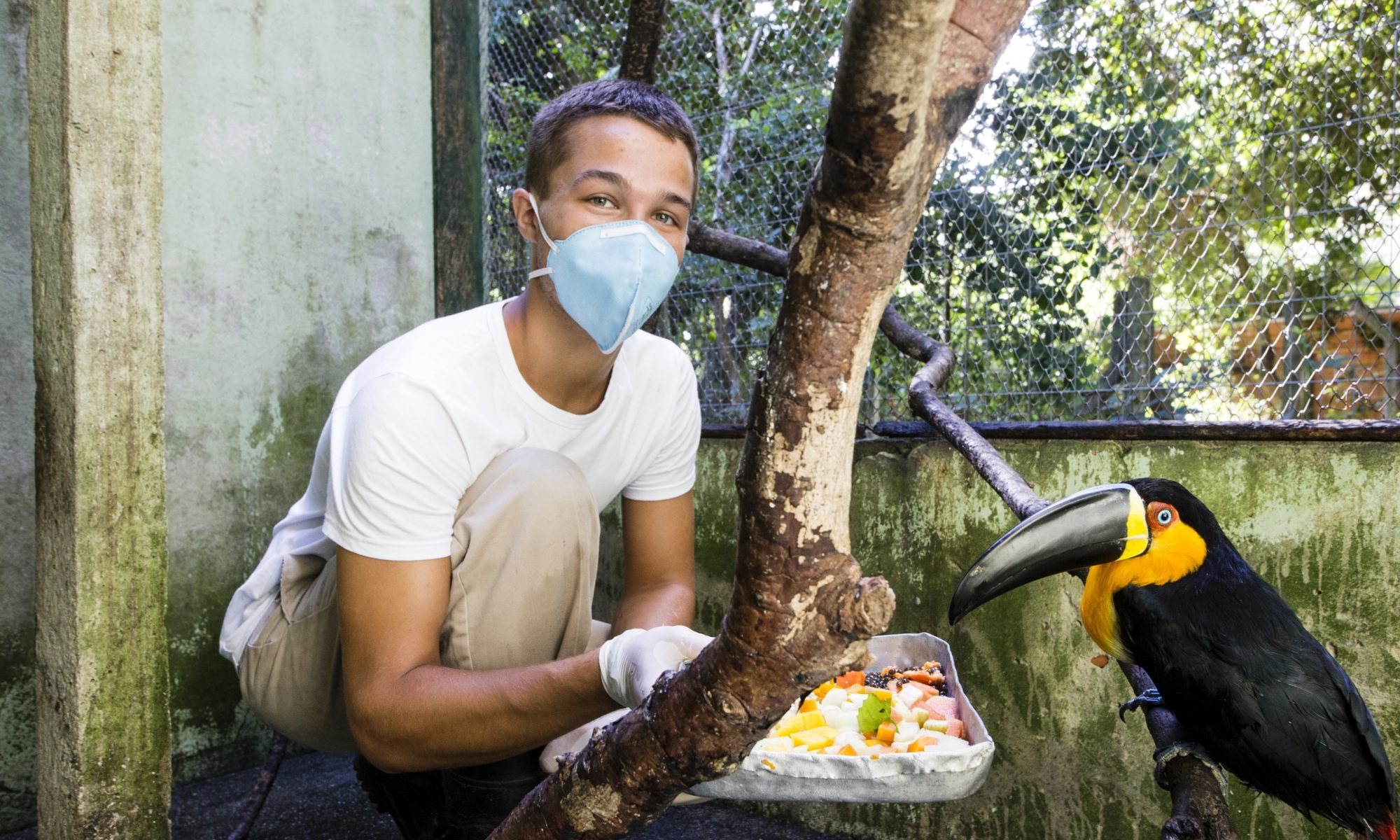by Syd

Step One:
Magically have a lot of coconut sugar heating up with banana leaves. As it warms, stir it frequently to prevent the sugar from burning. While stirring, continue to add a little more sugar, because it’s not a Thai dessert without being very sweet! Stir for about 10 minutes, just until the sugar is warm—or until a Mae takes over because you almost spilled sugar everywhere.
Step Two:
Have the dough prepared for you, as it is usually made before you are even awake. The dough is made from some sort of rice flour, with sweet potato and butterfly pea tea (added for color), along with water. After kneading the dough and watching the Maes argue about how much water to add for the perfect texture, you can move on to my favorite part!
Step Three:
Sit with all the Maes crowding onto a bamboo-laying area. Have both the yellow and purple dough ready to be molded, along with your filling (coconut sugar). Be prepared to face heavy judgment on your dough-rolling skills! Take a small ball of dough—probably smaller than you think—and flatten it into a circle. Add about a pinch of coconut sugar to the dough, though the Maes will insist you need to add more because it’s “Mai arroy gap nit noy” (not delicious with a little). Here comes the hardest part: fold the sugar into the dough, doing your best to avoid ripping it. Then, roll it in your hand to create an obscure shape. Repeat this for about one to two hours while the Maes gossip.
Step Four:
Place all the delicious rolled desserts into a pot, noticing that the ones you made are either too big or look nothing like the ones the Maes made. Boil them; I don’t know for how long, so just boil until they’re ready!
Step Five:
While the desserts boil, shred a lot of fresh coconut using a coconut shredder that resembles a medieval torture device. You’re going to shred quite a bit, so be prepared for tired arms! Do your best to keep up with the Maes, who shred coconut like there’s no tomorrow!
Step Six:
When your desserts are finally done, it’s time to roll them in coconut. Make sure they are thoroughly covered!
Step Seven:
Place them into a container and sprinkle sesame seeds on top. Finally, admire your work and realize find that the delicious ขี้เหมียว (Kee Meaw) is in fact not for you but for a group visiting the village!





















